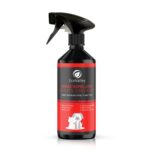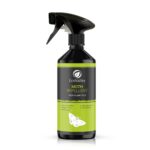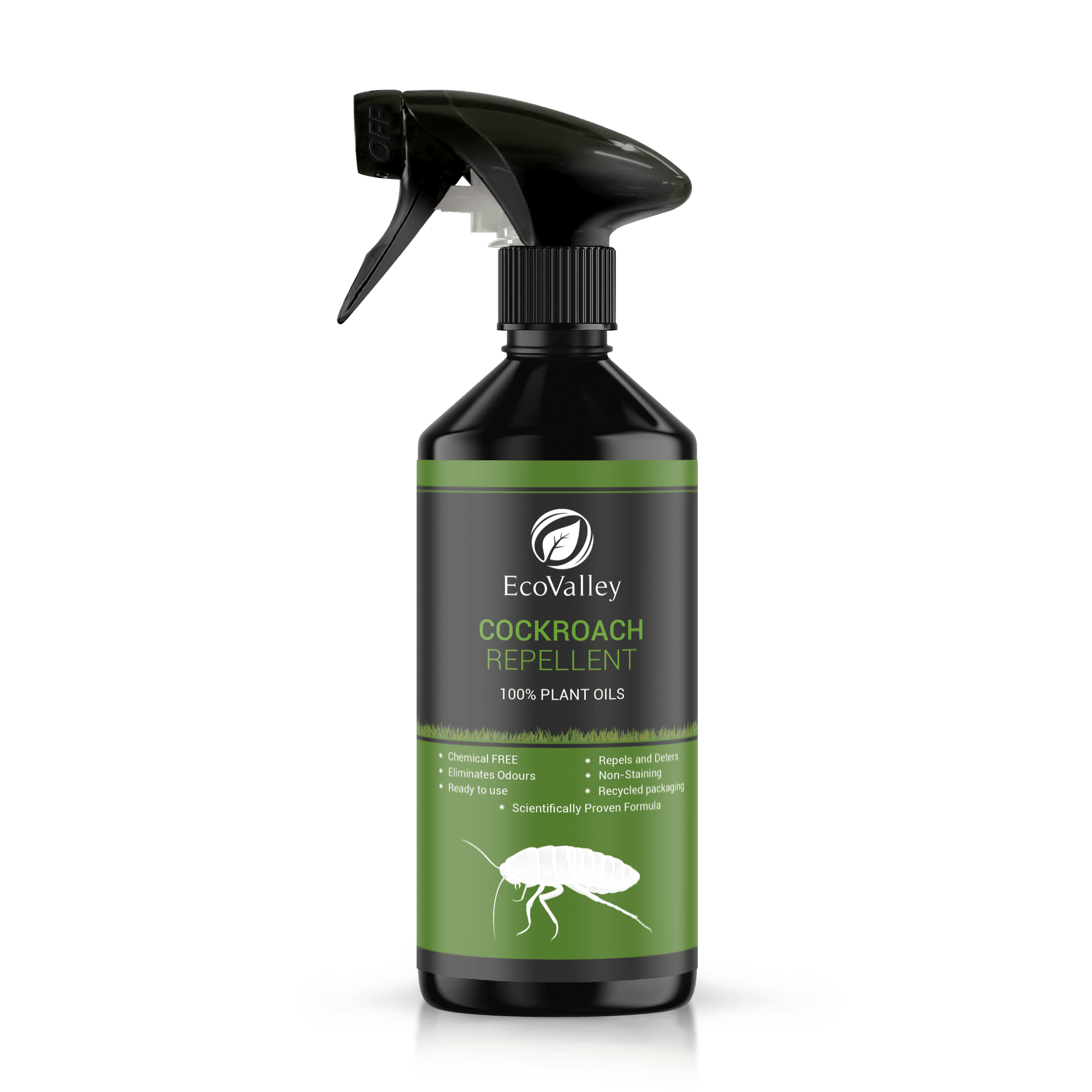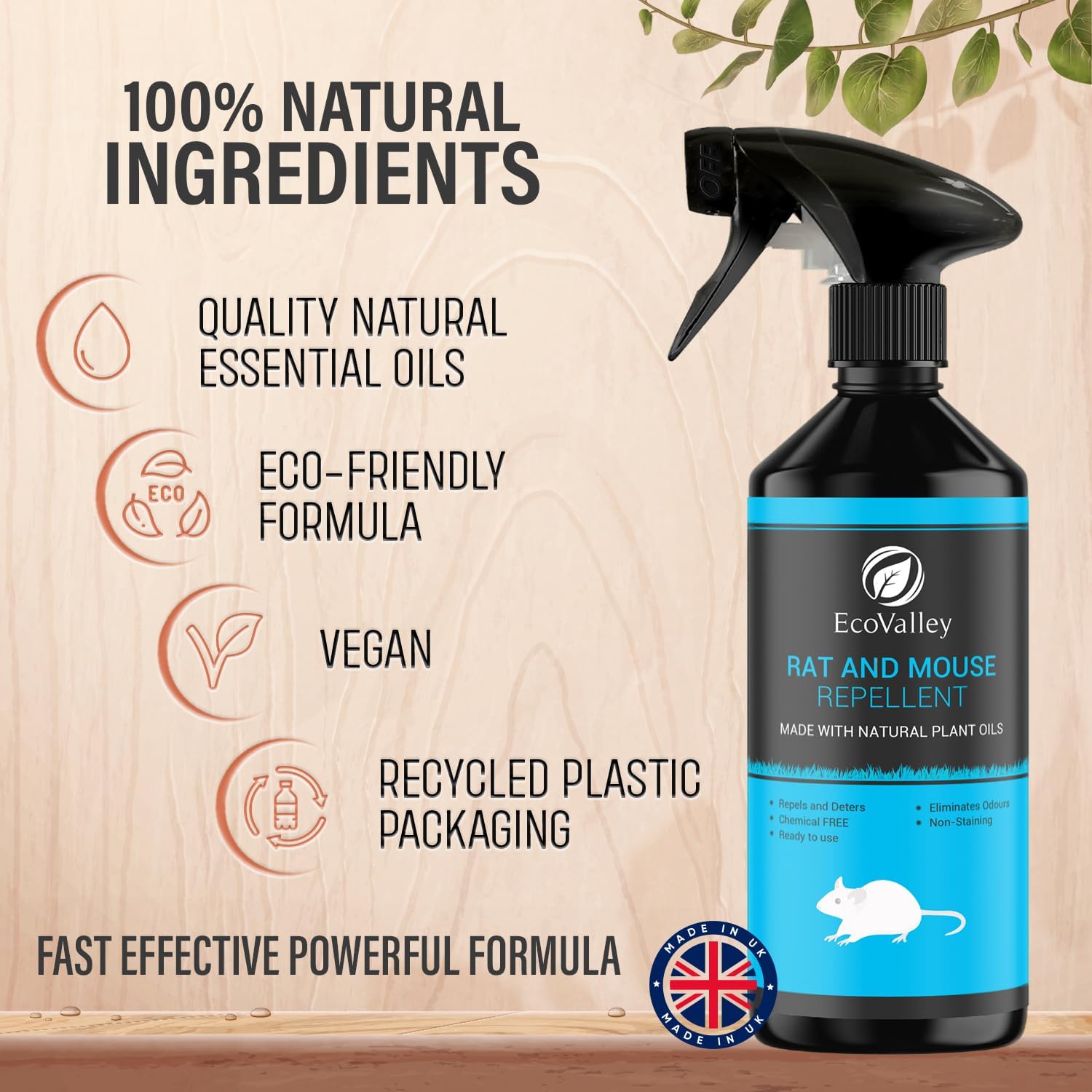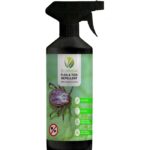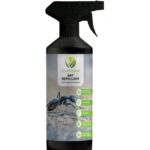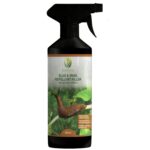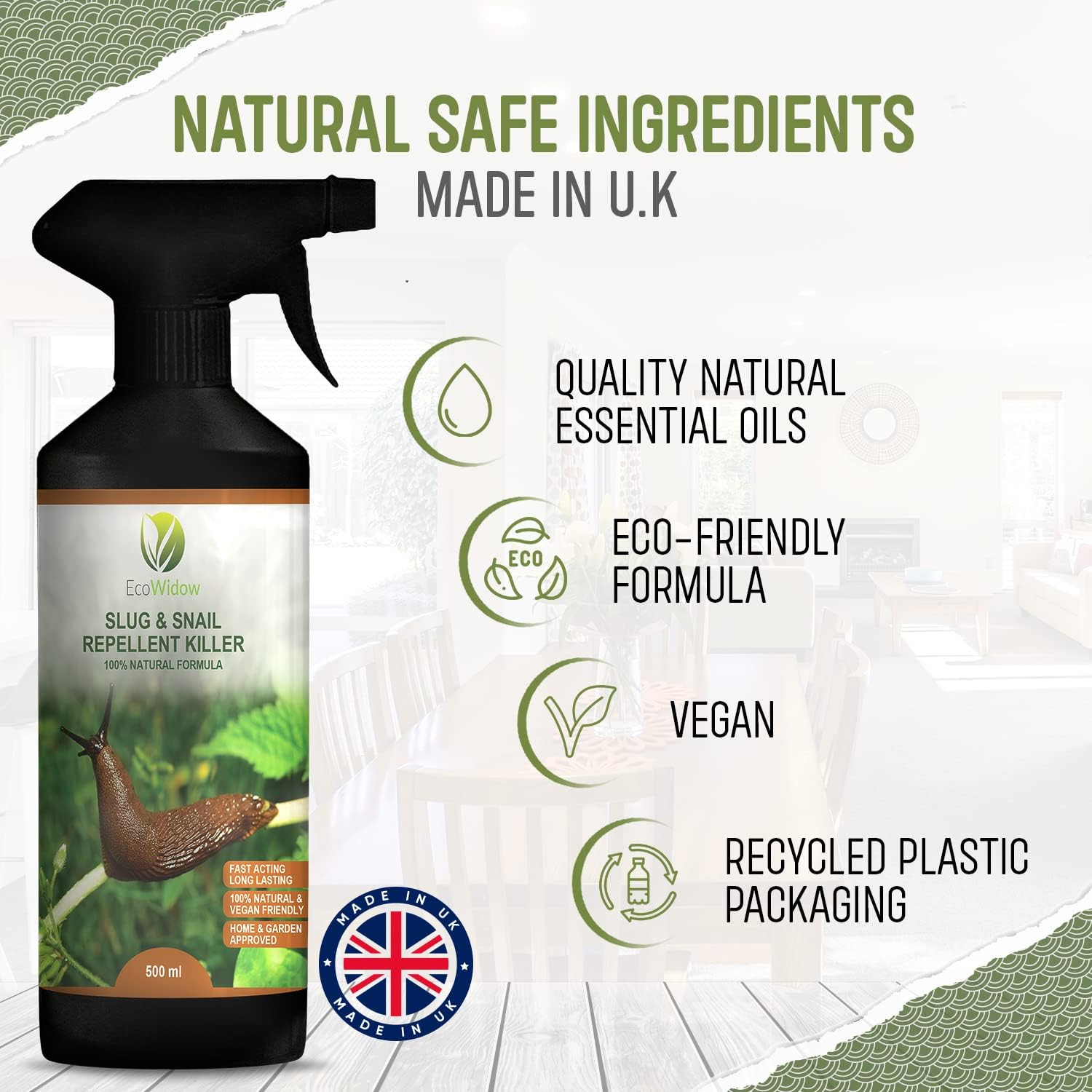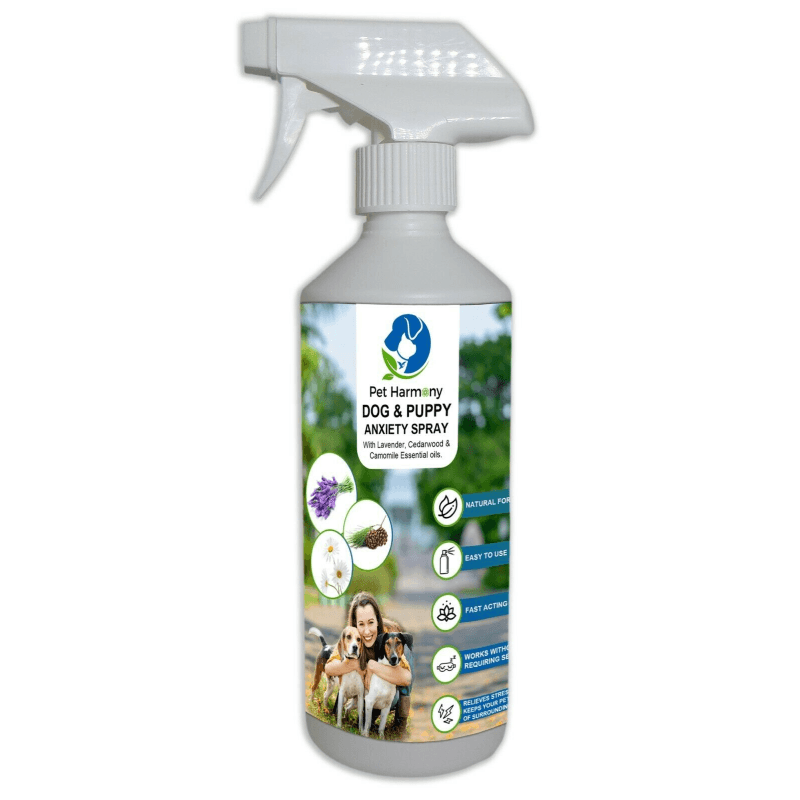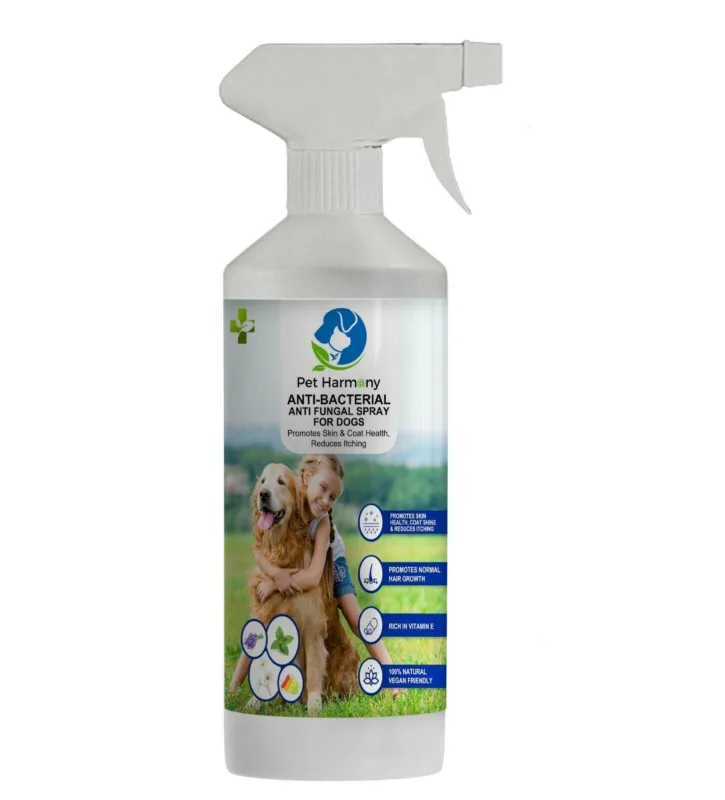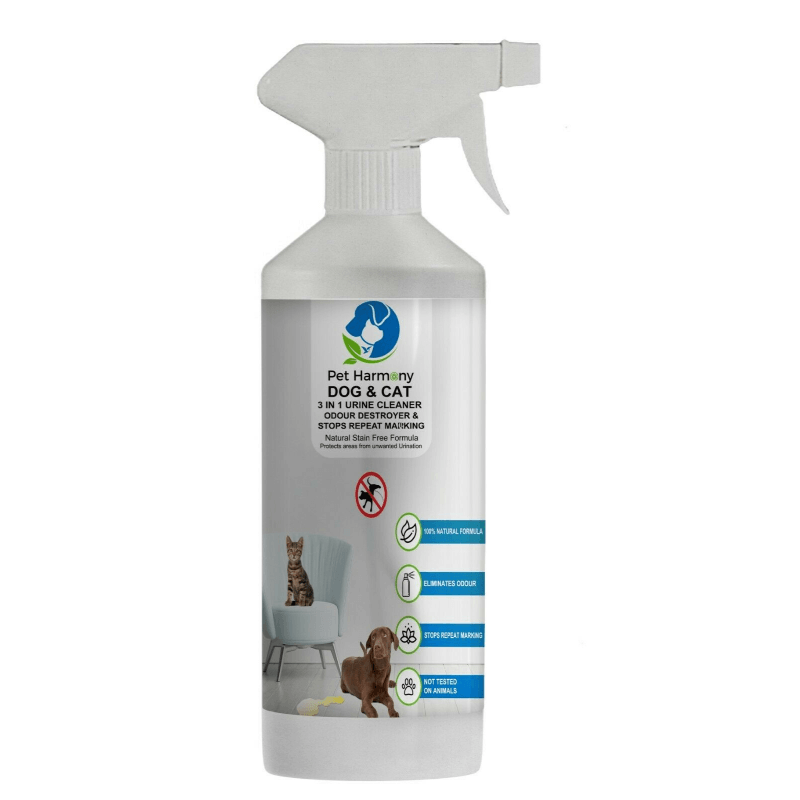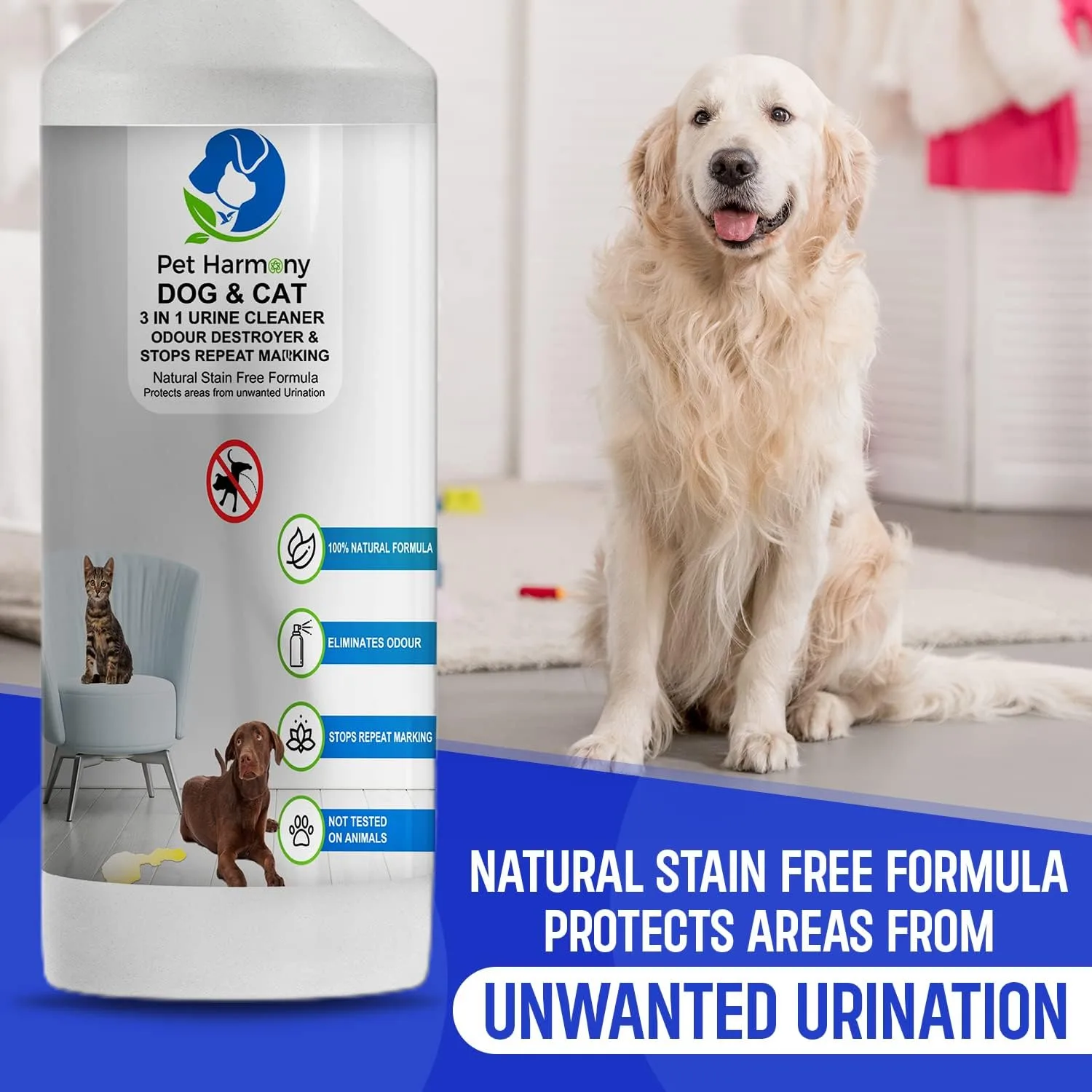Slugs and snails can be problematic to your yard and garden. Not only do they destroy decorative ponds and water features, but they can also short out electronics, clog pipes and clog up a pool filter. Snails also carry parasitic worms that can cause problems for humans and animals. In addition to this, snails are unsightly and make your yard a less enjoyable place to be.
What is the difference between slugs and snails?
Slugs and snails are both mollusks, and they both have a snail-like shells. But slugs don’t have an external shell, and their body is more elongated than their cousins. On the other hand, snails have an external shell that they can pull inside their bodies when they feel threatened. Slugs and snails also have different eating habits. Slugs are mostly herbivores, while snails eat both plants and animals.
Cone snails are poisonous
While all cone snails are poisonous, larger species are especially dangerous. They can grow up to 23 cm/9 in long, and their tooth is capable of injecting the venom into human skin and clothing. The venom can cause mild to moderate pain, blurred vision, and even respiratory failure. Fortunately, there are ways to treat an attack. To help you avoid the risks, follow these steps. You may even learn how to kill a cone snail by yourself.
Slugs are not dangerous to humans
Despite their non-poisonous nature, slugs and snails carry parasites. Angiostrongylus cantonensis, a lungworm in Asia, can cause significant brain damage in humans. The parasite is transmitted to humans through their diets. People who eat slugs or snails have contracted the parasite. While most people recover from strand meningitis, some have suffered from its effects.


Slugs come indoors for warmth or shade
Slugs and snails are members of the Mollusca class of Gastropoda, the class of crustaceans. Snails don’t have shells, but they’re nocturnal and attracted to moisture and dark places. Unlike their snail cousins, slugs do not threaten humans, although they can be a nuisance indoors. Slugs eat plants, leaving large holes in leaves and sometimes even eating whole seedlings. The name of this species is derived from the fact that it’s a symbol of steadfastness and stability. The silvery trails they leave behind are a clue to their presence.
Slugs feed at night
Most slugs and snails feed at night and retreat into dark, moist places during the day. Slugs and snails develop quickly during the warmest months of the year, but they can be active all night long after a period of dormancy. To minimize their activity, you can alter the conditions of your landscape to make them less attractive to slugs and snails.
Slugs carry parasites
These creatures carry parasites that cause various illnesses. Humans are most likely to get sick when they eat the host. Large hosts may carry thousands of infective larvae. Small hosts, however, are not as likely to carry the parasites. The larvae may be transferred directly through their mucus or produce. Regardless of the route of transmission, prevention methods are necessary. Some strategies for preventing human infection include controlling snail populations, cooking produce and public education about food preparation.
Slugs move around their environments
Slugs and snails have a distinct way of moving around their environments. These animals spend most of their lives searching for food and don’t have regular sleep cycles. They use all their energy for 30 hours, searching for food before they get a chance to sleep. When sleeping, snails retract their tentacles and relax their muscular foot. Snails can sleep for as long as three years in dry areas.
What do slugs and snails eat?
Slugs and snails are both gastropods, a type of mollusk that has a single-shelled, coiled body. Gastropods have two pairs of tentacles on their head. Their most notable characteristic is the rasping tongue called a radula. Radulae are used to scrape food off surfaces. Both slugs and snails eat mainly plant material, but they will also eat dead animals or feces. They consume various plants, including leaves, flowers, fruits, and vegetables. Slugs and snails can damage crops and garden plants.
How can you get rid of slugs and snails?
There are a few different ways to get rid of slugs and snails in your garden. One way is to place a copper strip around the plants you want to protect. The copper reacts with the slime that the slugs and snails produce, and it will kill them. You can also place some beer in a shallow dish near the plants you want to protect. The slugs and snails will crawl into the dish to drink the beer and drown. Another way to get rid of slugs and snails is to use salt. You can either sprinkle it on the ground around the plants or make a salt solution and pour it on the slugs and snails.
Are slugs and snails harmful to your garden?
Slugs and snails can be a gardener’s worst nightmare. These slimy creatures can quickly devour leaves, stems and flowers. While they may seem harmless, slugs and snails can do a lot of damage to a garden. They can leave behind trails of slime, which can make it difficult for plants to grow. In addition, they can spread diseases to plants. If you have a garden, it is important to get rid of slugs and snails. There are several ways to do this, including using traps, barriers or chemical controls.

Control slugs and snails
There are several natural ways to control slugs and snails in your garden. One easy and effective method is to spread slug bait around the plants. The bait will either drown or attract slugs. Beer is a great slug bait because it will attract them to the beer and drown them. Slugs and snails cannot survive in beer. Hence, you can use beer to lure them out of your garden.
EcoWidow Slug and Snail Repellent Spray
If you’re one of those gardeners who seem to have an endless battle with slugs and snails, you’ll be happy to know about a new EcoWidow Slug and Snail Repellent Spray that can help you win the war. Slug and Snail Repellent Spray is made from all-natural ingredients, including essential oils, and is safe for use around pets and children. Just spray it on plants, pathways, or anywhere you want to keep slugs and snails away, and they’ll stay away!
One of the best things about Slug and Snail Repellent Spray is it’s long-lasting. You only need to apply it once a week, and it will last for several weeks. And because it’s made from all-natural ingredients, you can rest assured that it won’t harm your plants or soil.
Conclusion
In conclusion, while slugs and snails may seem harmless, they can do a lot of damage to gardens and plants. They can also carry diseases that can be harmful to humans and animals. It is important to get rid of slugs and snails if you see them in your garden. There are several ways to do this, including traps, baits, or organic methods.


